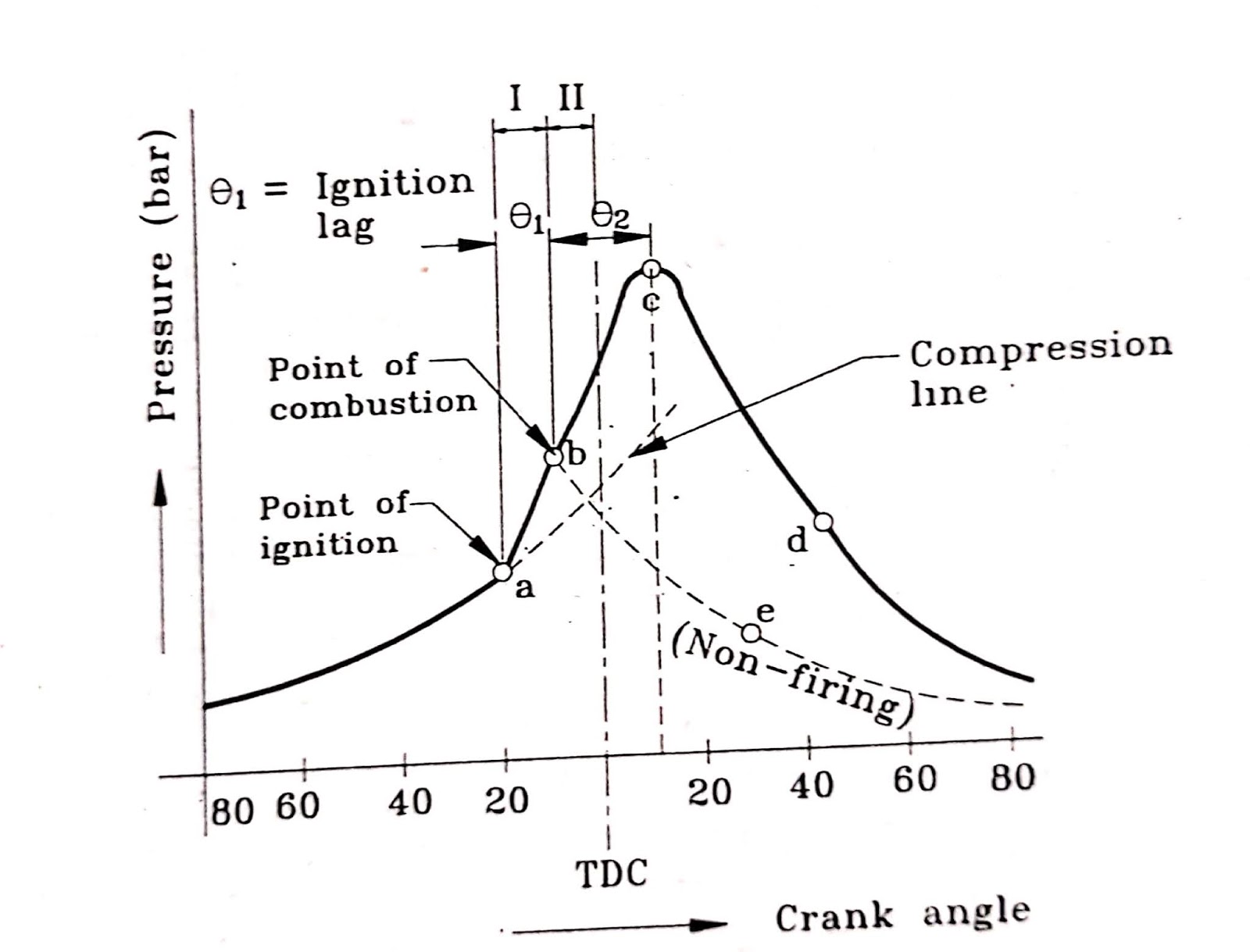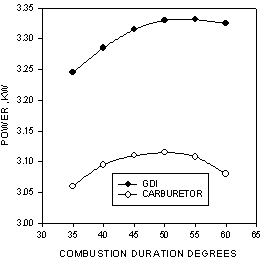

Publication Date: Research Org.: Sandia National Lab. Beijing Institute of Technology (China) Beijing Electric Vehicle Collaborative Innovation Center (China).Finally, some potential solutions to the emissions challenges faced here could be either raising in-cylinder temperatures by using trapped residuals or modifying the injection schedule, for example by increasing the number of injections or to inject later in the cycle into a higher-density environment.

The in-cylinder imaging results are consistent with the observed combustion and emission characteristics and shed light on the underlying processes. As the coolant temperature rose, the liquid spray lengths became shorter, reducing the possibility of wall wetting, and reduced irradiance from soot particles also indicated less nonpremixed combustion. In addition, more » high-speed direct photography was used to obtain crank-angle resolved images of fuel sprays and flames in the cylinder.

When the coolant temperature rose, the engine produced more NOX and less CO, PM and HC. The experiments showed that the coolant temperature affected the post-spark inflammation time, as well as the speed, intensity, and stability of the combustion process in the engine. 30% ethanol in gasoline), while the coolant temperature was alternated between four levels (45, 60, 75, and 90 ☌) to simulate different conditions throughout the warm-up process. This work investigated the impact of coolant temperature on the characteristics of combustion and emissions in a stratified-charge DISI engine fueled with an E30 fuel (i.e. Ethanol-blended gasoline, now a widely used fuel, makes the cold start of a DISI engine more difficult, leading to higher HC and soot emissions because of the high latent heat of vaporization of ethanol relative to gasoline.

However, the market introduction of DISI engines operated in a lean combustion mode is inhibited by their unsatisfactory emissions, especially during cold start conditions that make proper mixture formation more challenging. The direct injection spark ignition (DISI) engine has received considerable attention due to its potential to increase the power density of traditional spark ignition engines while significantly improving fuel economy through lean, unthrottled combustion.


 0 kommentar(er)
0 kommentar(er)
